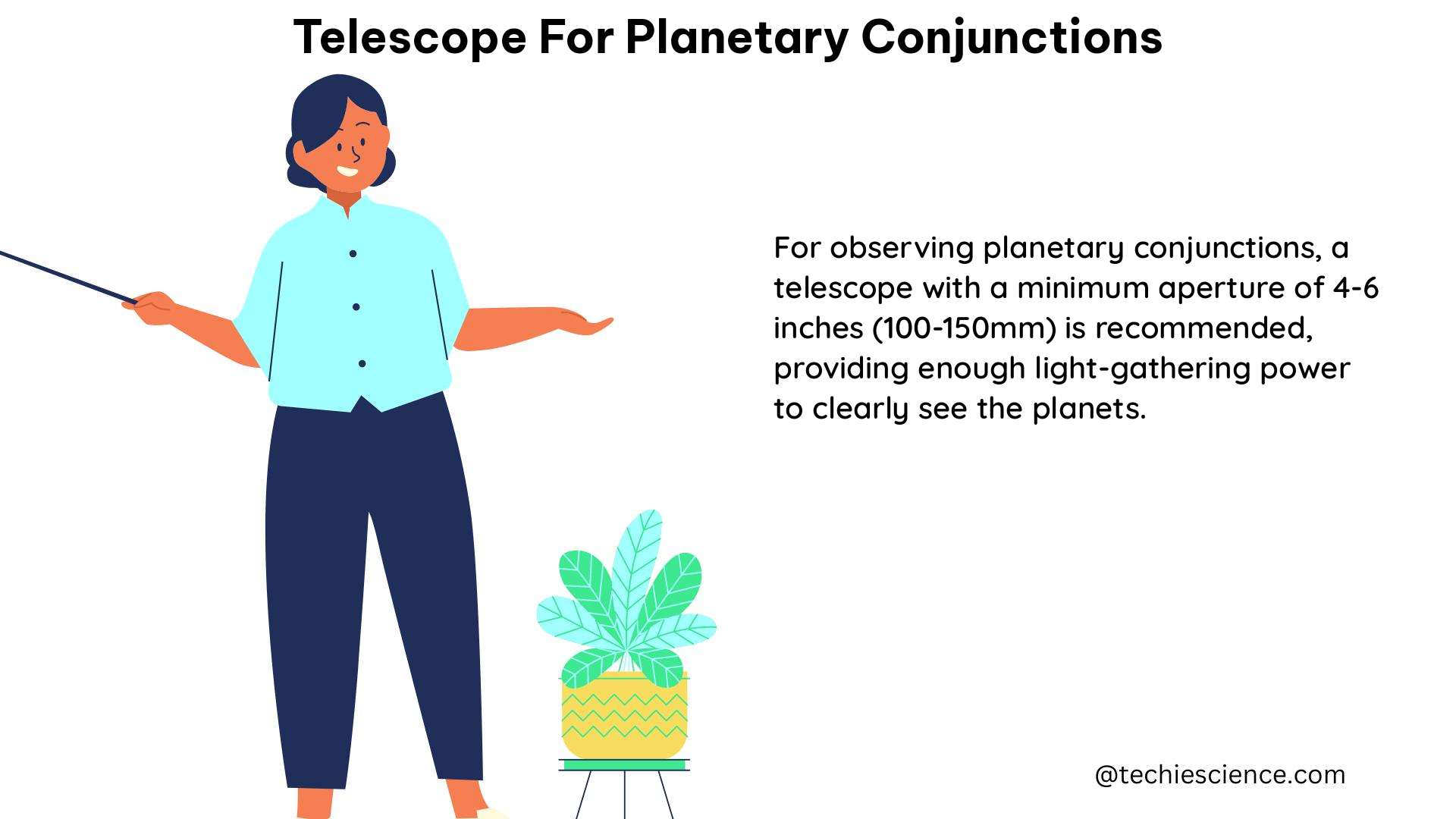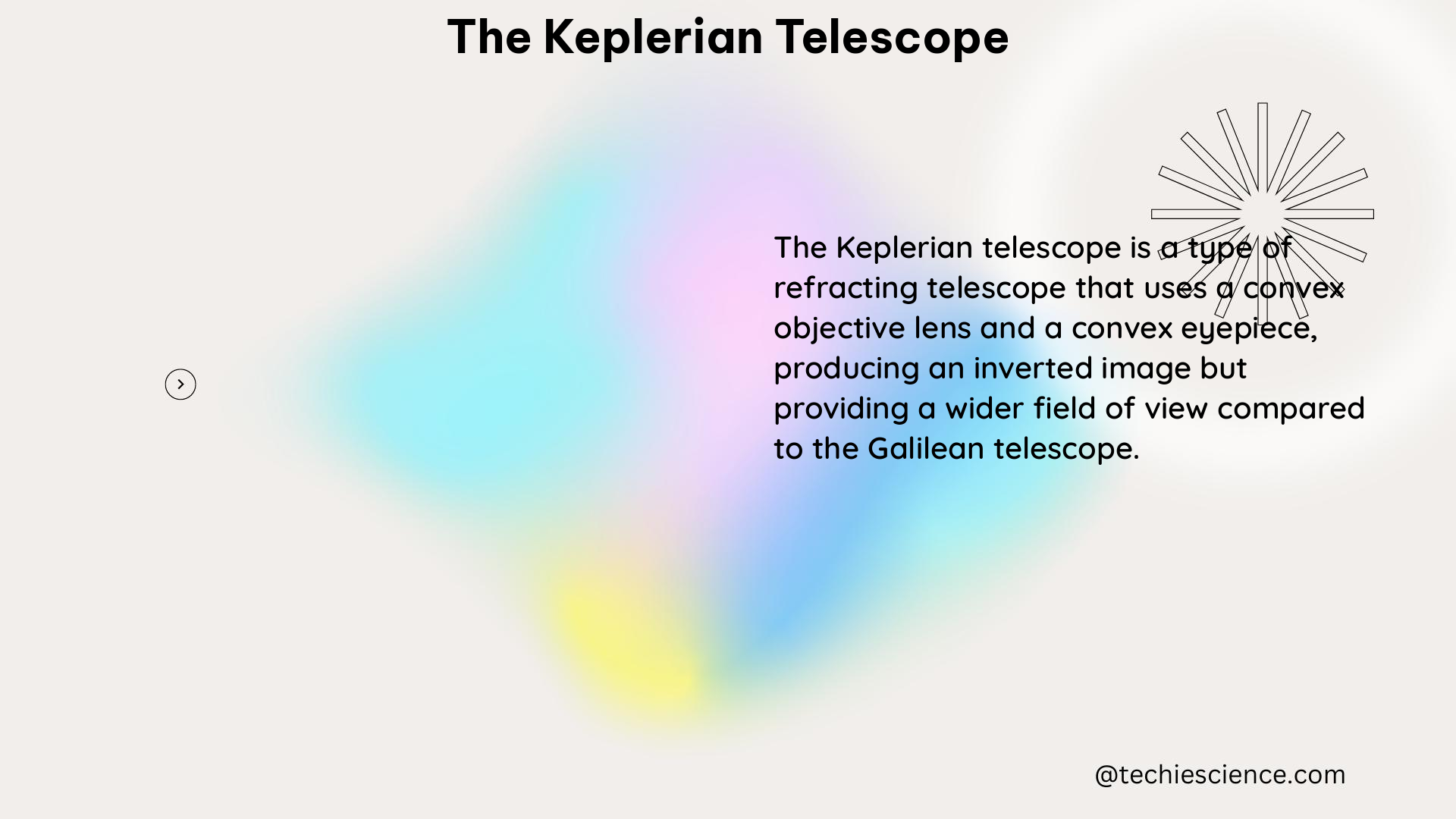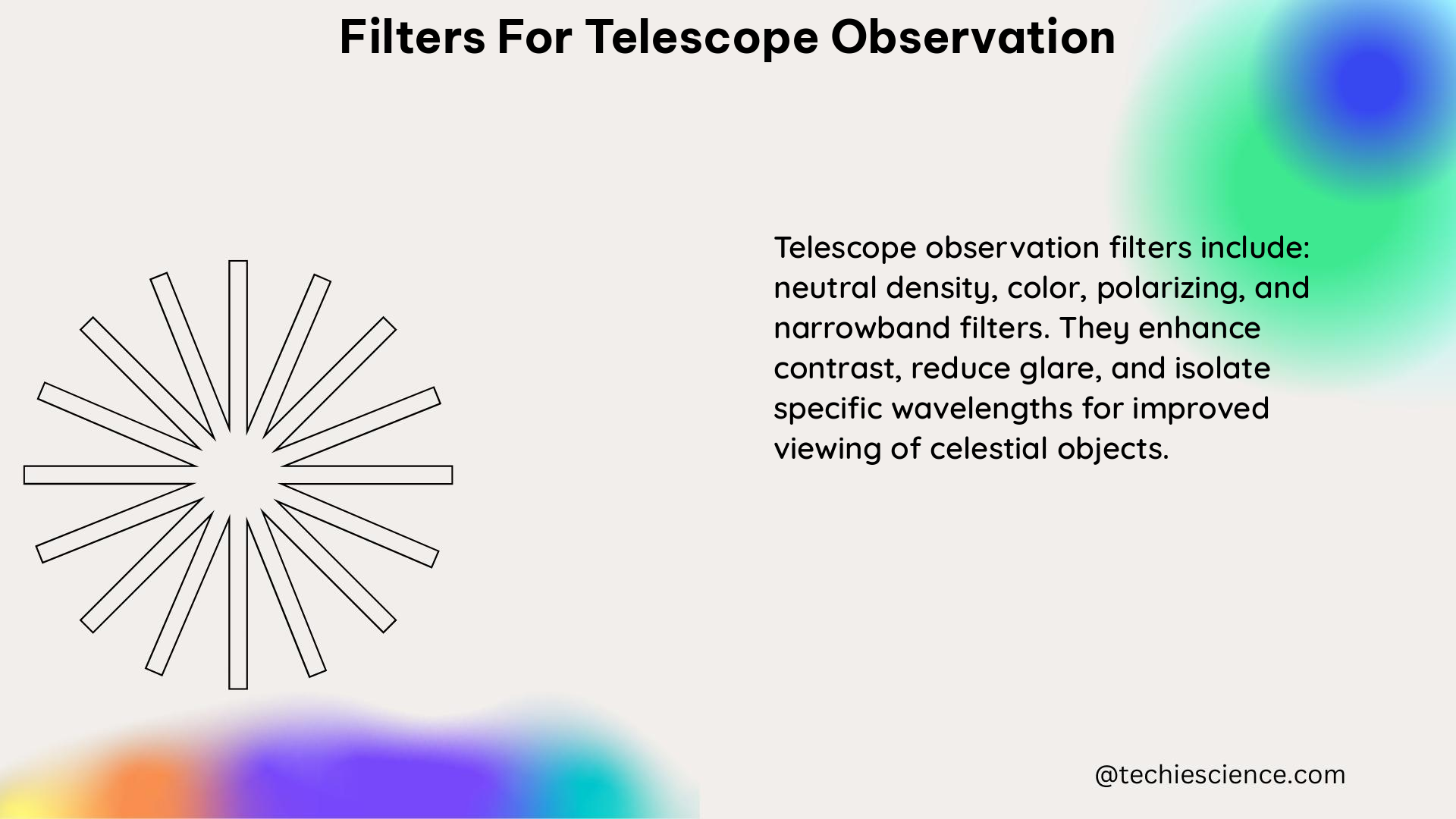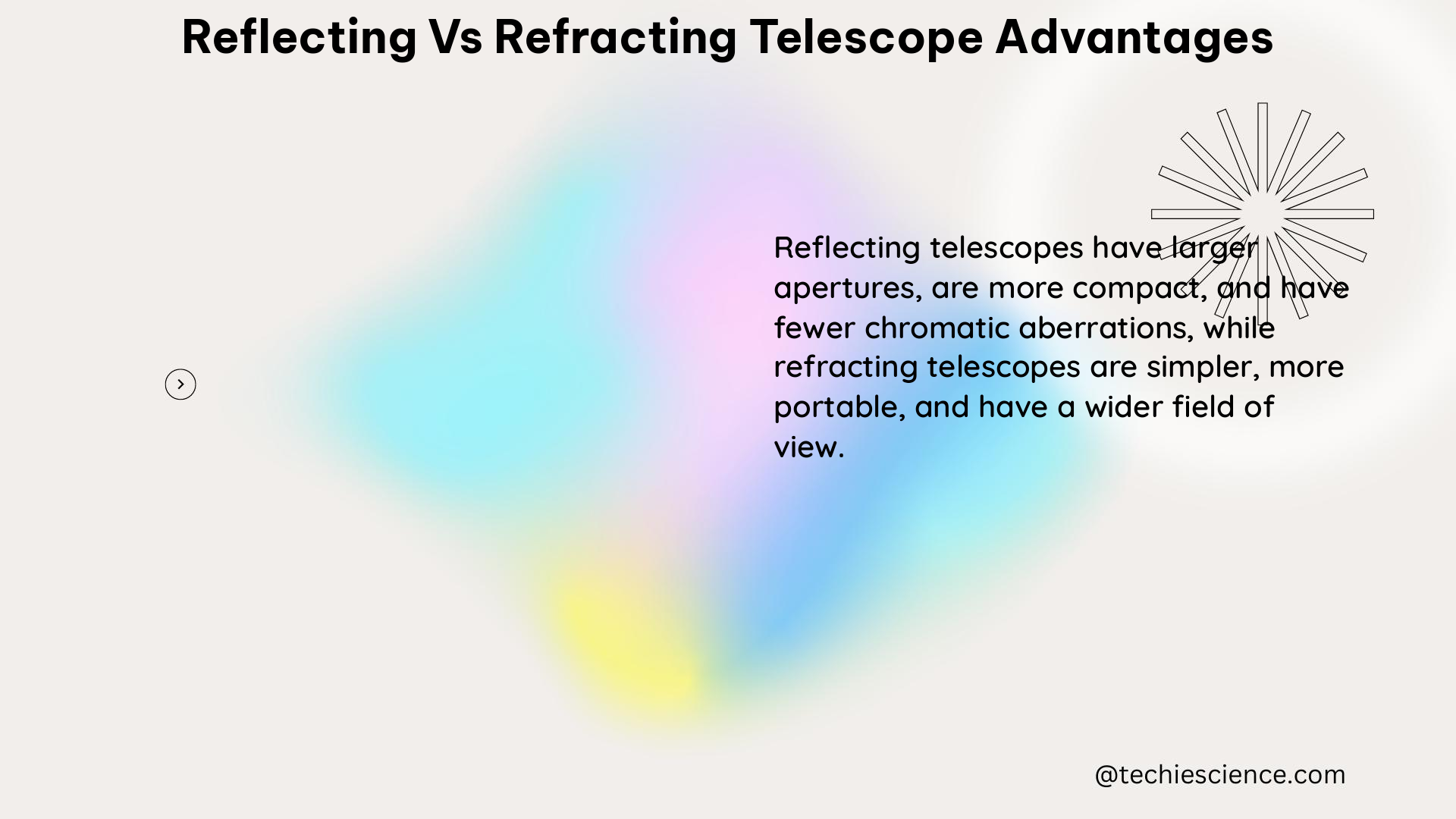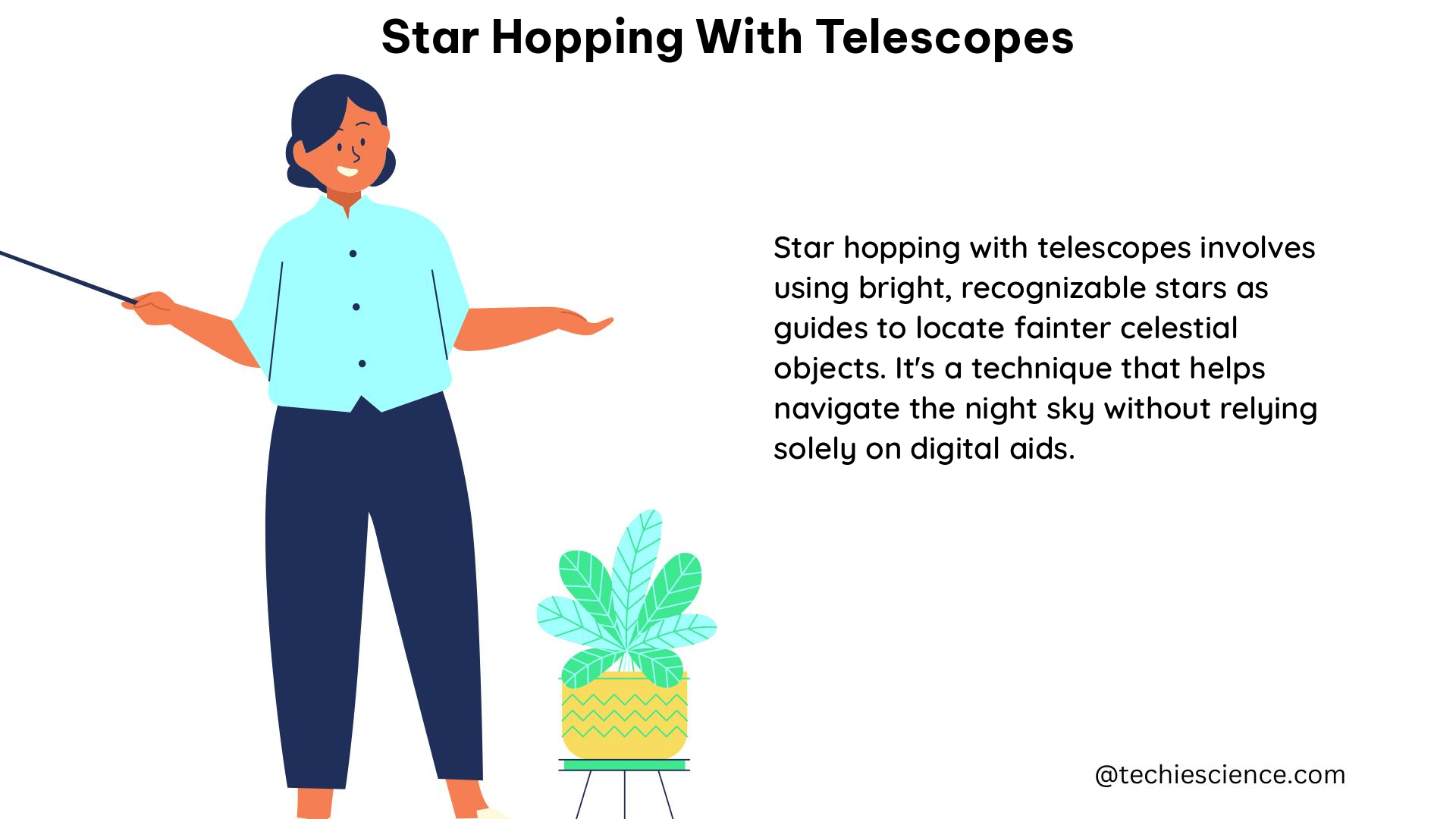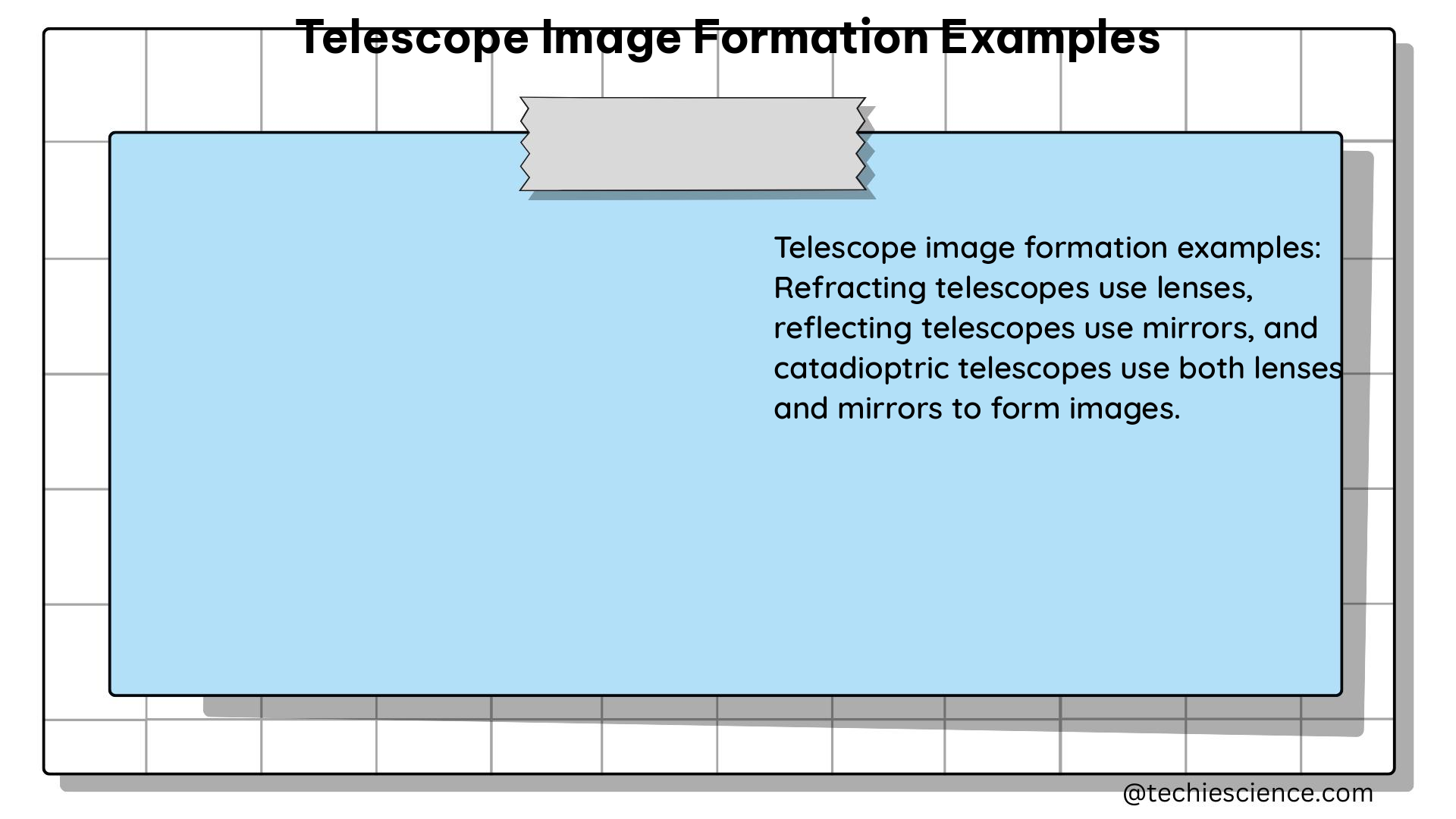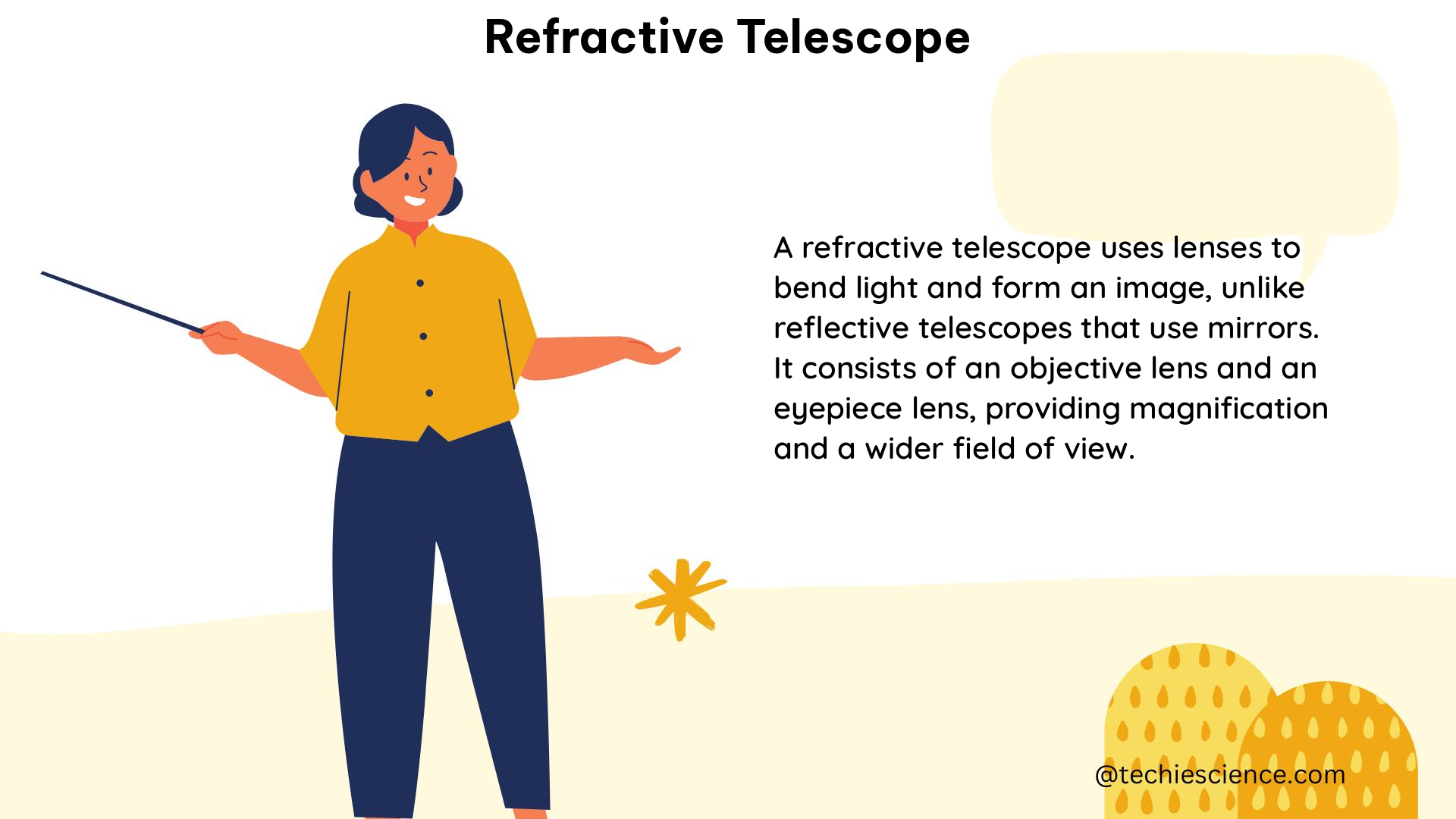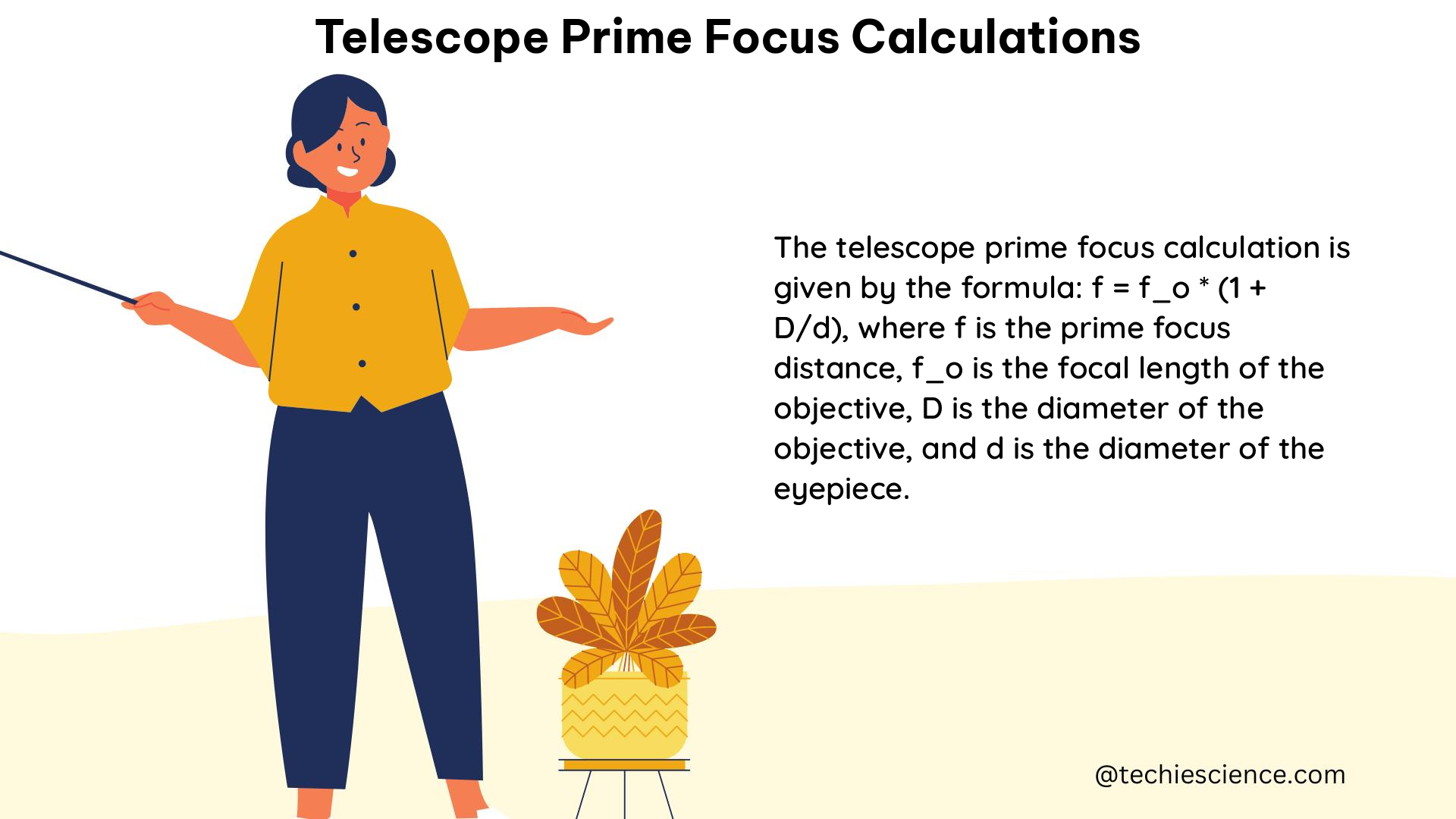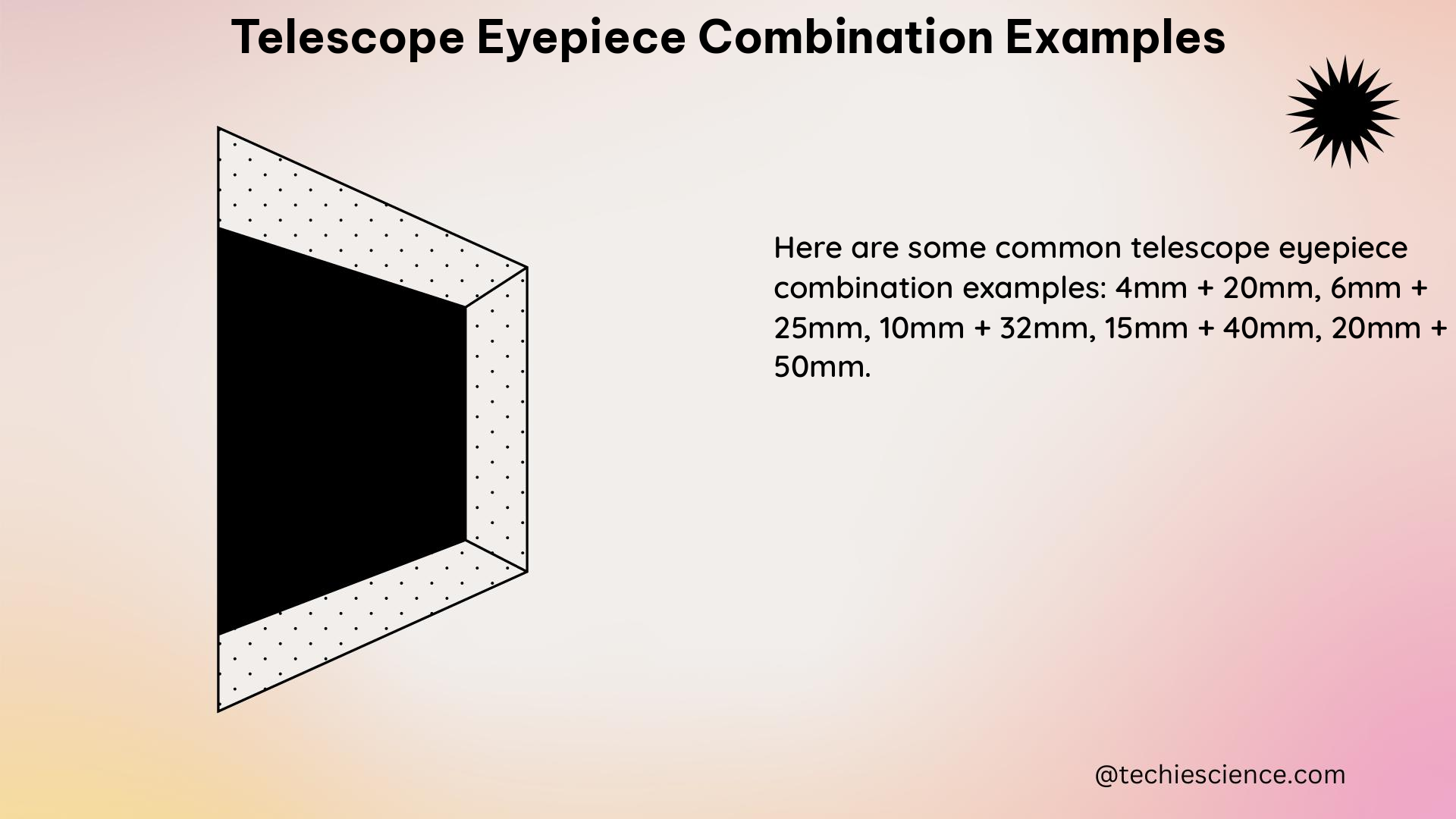Telescope for Planetary Conjunctions: A Comprehensive Guide
Summary Observing planetary conjunctions, where two or more celestial bodies appear close to each other in the sky, requires a telescope with specific technical specifications. This comprehensive guide delves into the key factors to consider, including telescope type, mount, aperture, magnification, and accessories, as well as the underlying physics behind these captivating astronomical events. Telescope … Read more
